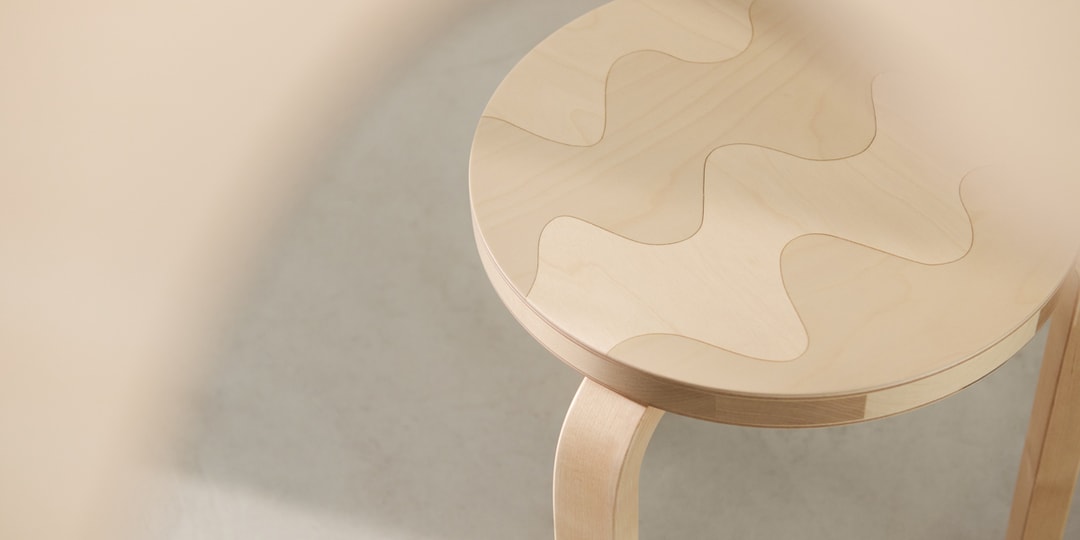Skitter is a tooth-shaped doorbell concept that lives and listens
Skitter is a tooth-shaped doorbell concept that lives and listensI haven’t lived in a house that has a doorbell for some time now so if ever I would hear one, it would probably startle...


I haven’t lived in a house that has a doorbell for some time now so if ever I would hear one, it would probably startle me. I’ve always wondered why we couldn’t have more musical or at least more subtle doorbells. Or maybe there could even be one that can be connected to a music streaming service so you can do a little dance when someone rings your bell.
The Skitter doorbell concept offers a gentle subversion of what we’ve come to expect from home technology. In place of harsh tones, abrupt chimes, or flashing alerts that demand attention, it welcomes guests with a soft kinetic buzz, an ambient vibration that evokes the soothing, rhythmic hum of cicadas on a warm evening. This sensory response doesn’t jar or interrupt; instead, it blends seamlessly into the atmosphere, creating an experience that feels natural rather than mechanical. Installed on a vivid teal door, Skitter perches like a sentinel of subtlety, both decorative and functional, yet unlike any smart device you’ve encountered before.
Designer: Alex Mckeown

At first glance, Skitter could be mistaken for a whimsical sculpture or an abstract ornament. Crafted from sandblasted aluminum, its curved form and etched details are reminiscent of insect wings that are delicate yet precise. Flexible wire “antennae” stretch out from either side, catching the wind and lending it an uncanny, almost living presence. Look closer, and you’ll see the hints of its quiet power: a discreet solar panel, a softly glowing core, and a motion-activated stir that brings the piece to life.

Rather than startling residents with an insistent sound, Skitter responds to presence with ritual. When someone approaches, facial recognition triggers a slow, pulsing light that is less of an alert and more of a greeting. The design draws heavily from the natural rhythms of Aotearoa (New Zealand), where the boundaries between built and wild environments often blur. In this spirit, Skitter replaces the sterile “ding-dong” of traditional doorbells with something tactile and emotionally resonant. It doesn’t just notify there is someone there, it acknowledges.

Its name is apt. Like the insects it’s inspired by, Skitter doesn’t dominate a space, but inhabits it. It whispers rather than shouts, invites rather than monitors. This is smart home tech that feels less like a machine and more like a guest, a quiet participant in the home’s rhythms rather than its overseer. It’s a kinetic sculpture, a security device, a poetic expression in just one entity. Most importantly, it reminds us that even the smallest interactions with technology can be made more human, more sensory, and more alive.

The post Skitter is a tooth-shaped doorbell concept that lives and listens first appeared on Yanko Design.




![‘Teacher’s Pet’ – Barbara Crampton & Luke Barnett Star in High School Thriller [Images]](https://bloody-disgusting.com/wp-content/uploads/2025/06/TP_STILLS_3-1024x436.jpg)


![Konami Reveals ‘Silent Hill’ Remake Currently in Development From Bloober Team! [Watch]](https://bloody-disgusting.com/wp-content/uploads/2025/06/silenthill.jpg)













































![Where the Boys Are [BULL DURHAM]](https://jonathanrosenbaum.net/wp-content/uploads/2010/08/bull-durham.jpg)










































































































































































-35-45-screenshot.png?width=1920&height=1920&fit=bounds&quality=70&format=jpg&auto=webp#)

-30-7-screenshot_0FxoE4J.png?width=1920&height=1920&fit=bounds&quality=70&format=jpg&auto=webp#)






































































































































.jpg)






























































































































